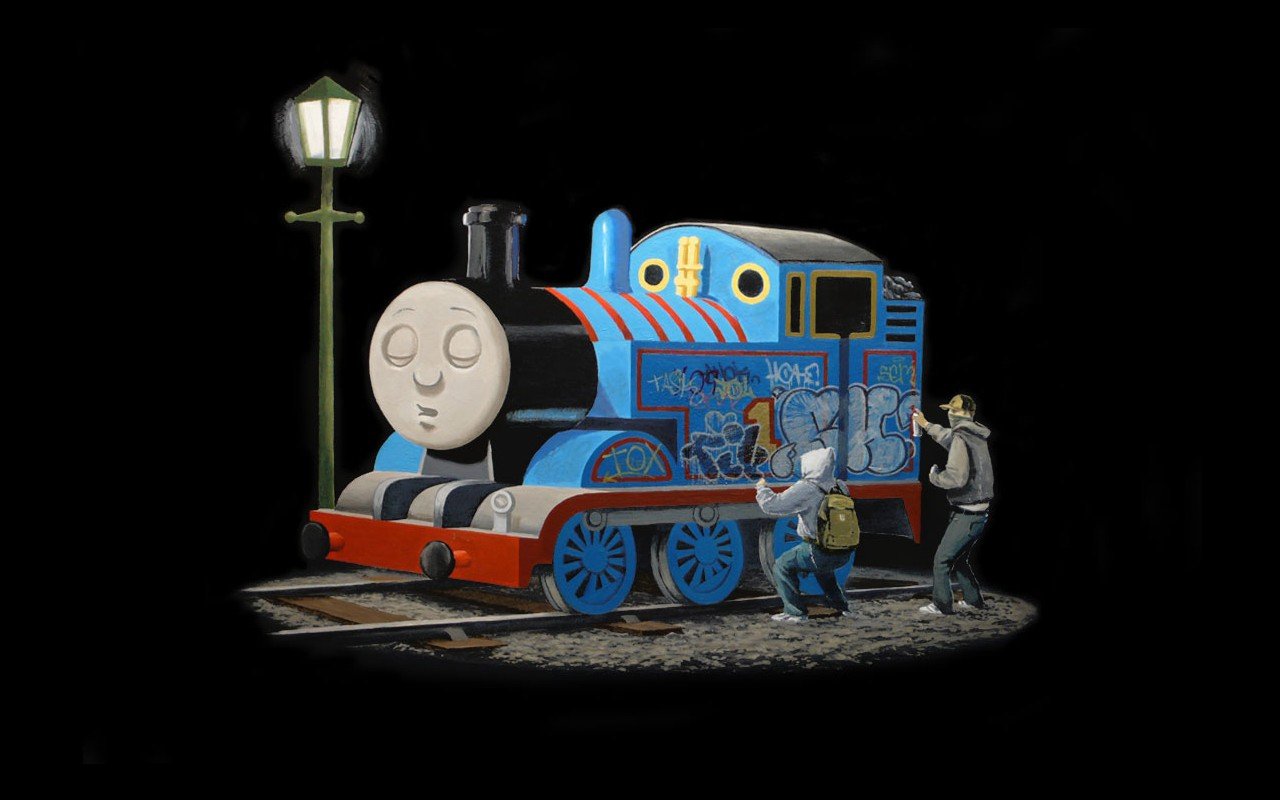

The flexing of the frames also caused boiler cracking in the 241P, but instead of completely stripping the locomotives down to reinforce the frames to take the stresses off the boiler mount points, the boilers themselves were reinforced from the inside. This flexing caused frame cracking in the 241P’s predecessors the 241A and the 241C, and also caused the axle boxes to run hot, thus necessitating more frequent maintenance. Chapelon was thus able to make some improvements to the new 241P design, but it was not possible to fix its most glaring fault, inherited from the 241C, the main frames were under-engineered and prone to flexing. quietly consulted with André Chapelon to see what could be done with the design to improve it. What is interesting is that Schneider et Cie. The contract for the construction of these new 241P heavy passenger steam locomotives was awarded to Schneider et Cie., of Le Creusot, who had previously built the old 241C. These were the mainstay heavy passenger locomotive of the pre-war Paris à Lyon et à la Méditerranée railway. The father of the SNCF 241P was the PLM 241C. The old PLM 241C was an imposing looking locomotive that the past PLM engineers themselves had created and had great affection for, and so, despite its shortcomings, it was chosen. The design engineering team for the new national rail system featured many engineers from the old PLM railway and so they were inclined to look to pre-war PLM designs to create the new national standard heavy passenger steam locomotive. In the post-war period the French government decided to nationalize the nation’s rail system and formed the SNCF ( Société Nationale des Chemins de fer Français). This was the design that was used as the basis for the new 241P, despite its shortcomings.

Pre-war PLM (Paris à Lyon et à la Méditerranée) railway class 241C. He did the math, did the engineering, and produced the results, which were initially disbelieved because the efficiencies he was getting were so good, and achieved using quite moderate modifications to existing locomotives. At the Paris Orleans Railway the young Chapelon was given much more design freedom to put his scientifically tested ideas into practice. This, it seems, had led to his departing the PLM on not so friendly terms and he moved on to work for the Paris Orleans Railway (PO). André Chapelon had, in the pre-war years, been employed as a design engineer on the Paris à Lyon et à la Méditerranée (translated: Paris, Lyon and the Mediterranean, abbreviated as PLM) railway and he had proved his expertise, seemingly to the annoyance of his superiors. People who are mavens of design engineering are often looked upon with envy by other engineers.
#FUNDIMENSIONS GENERAL STEAM LOCOMOTIVE 240P#
The main impediment to Chapelon’s 240P being adopted as the standard steam passenger locomotive to see France through the years when she would electrify her extensive rail network seems to have been political. André Chapelon’s 240P was arguably a superior design by comparison with the 241P. In a post-war France devastated by the years of the German invasion and occupation what was needed was a practical and efficient design for heavy passenger trains: a locomotive that could pull an 800 ton train at speeds of 120km/hr (75mph), and that locomotive already existed, it was the André Chapelon designed 240P.

But the 241P is a locomotive that quite probably should never have been built. It might be thought of as being like a classic Bugatti of the rails, and its beauty is arguably the major contributing factor in ensuring no less than four examples of this “flower of French steam locomotives” have survived into the twenty-first century. The 241P steam locomotive stands out as one of the most beautiful ever created. Introduction: The Locomotive That Shouldn’t Have Been Built


 0 kommentar(er)
0 kommentar(er)
